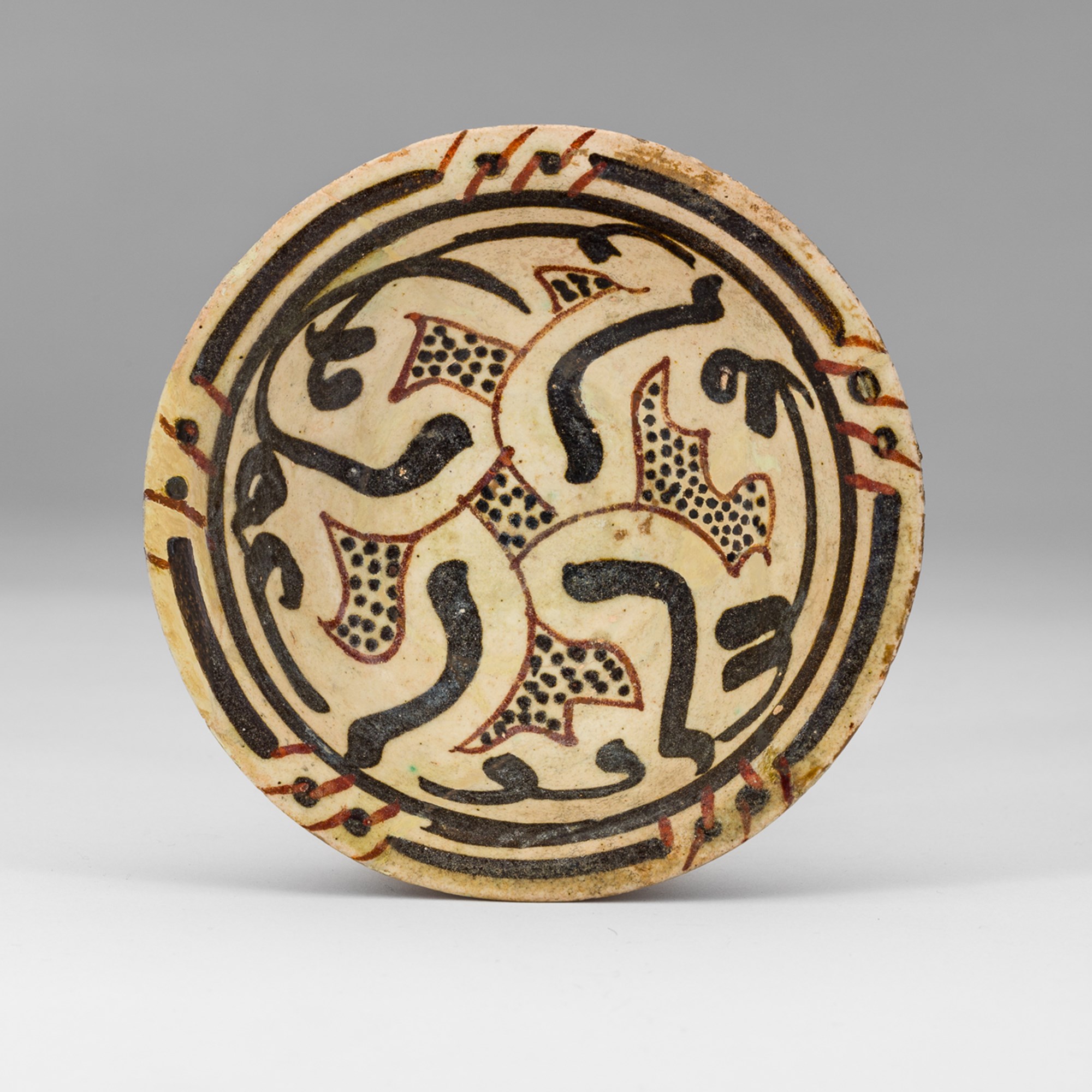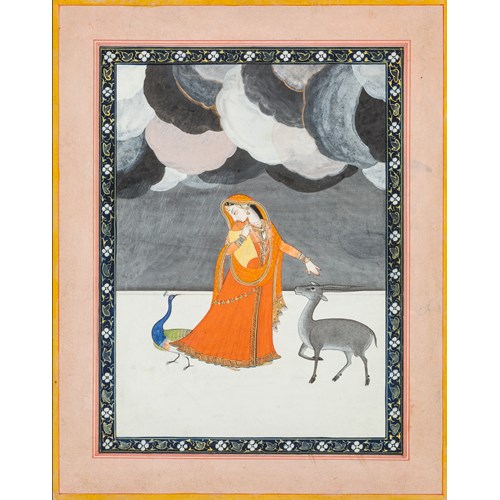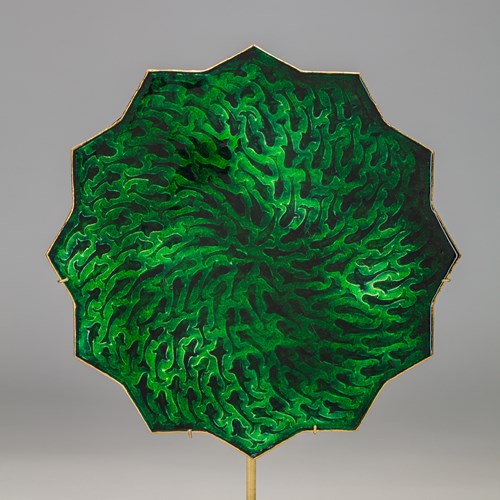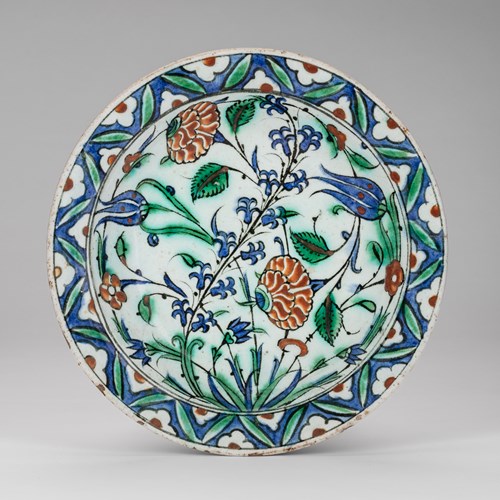Marketplace
Samanid Epigraphic Bowl
This small, slip-painted earthenware bowl belongs to a group known as Samanid epigraphic pottery. As its name would suggest, this group was made in the Samanid Empire and is characterised by the use of black calligraphy as the primary decorative motif. The inscriptions usually fall into one of two categories: blessings on the owner or proverbs on themes such as proper conduct.1
The Samanid Empire was a Persianate Empire which ruled Transoxania in today’s Uzbekistan and later Khorasan between the fragmentation of the Abbasid Caliphate in the 9th century and the Seljuk conquest in the 12th.2
Despite being over 500 miles apart as the crow flies, both Nishapur and Samarkand have been identified as production sites for this group. Excavations beginning in the 1870s in the ancient quarter of Afrasiyab, northern Samarkand, uncovered large quantities of epigraphic wares.3 In Nishapur, northeastern Iran, similar examples were excavated from the 1930s onward. It has been difficult to differentiate between pottery made at the two sites, complicated further by the mobility within the region. A bowl in the Metropolitan Museum of Art, New York (no. 40.170.15), was uncovered during the museum’s excavation in Nishapur in 1939, but has been attributed to Samarkand. However, the use of stippled red ochre to fill the interstitial spaces between the letters is thought to relate more closely with Samarkand.
A very similar bowl, seemingly with the same inscription, is in the National Museum of Bukhara (view here). It was excavated at the Paikend archaeological site near Bukhara, Uzbekistan, and dated to the 10th to 11th century.
A larger bowl with similar dotted decoration surrounding the black calligraphy is in the Museum für Islamische Kunst, Berlin (no. I. 4678), dated to the 10th to 11th century. It was formerly attributed to Afrasiyab, Northern Samarqand, but it has since been updated to Uzbekistan or Iran. Another example in the same museum is similarly attributed to Uzbekistan or Iran, 10th to 11th century (no. I. 4679).
n.b. accession nos are clickable links.
[1] Pancaroglu, Oya. ‘Functions of Literary Epigraphy on Medieval Islamic Ceramics’, A Web-Based Teaching Course on Islamic Ceramics at the Ashmolean, retrieved online via https://islamicceramics.ashmolean.org/Samanids/oya-part-one.htm on 22.10.2025.
[2] Mammadli, Sadagat. ‘Traces of Khorasan Culture in the Written Ceramic Samples of Azerbaijan’, Akademik Tarih ve Düşünce Dergisi 12.3 (2025), pp. 85-106; p. 86.
[3] Wilkinson, Charles K. ‘The Glazed Pottery of Nishapur and Samarkand’, The Metropolitan Museum of Art Bulletin (November 1961), pp. 102-115; p. 102.
Plus d'œuvres d'art de la Galerie




_T638815404470353088.jpg?width=500&height=500&mode=pad&scale=both&qlt=90&format=jpg)


_T638815391591372611.jpg?width=500&height=500&mode=pad&scale=both&qlt=90&format=jpg)

